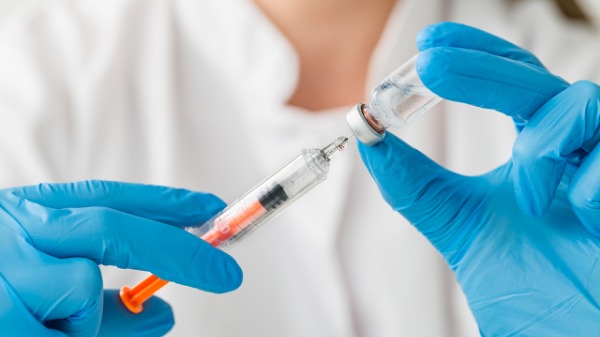Whether or Not to Cut the Lump if You See Health Problems from the Breast Is Not Determined by Its Size

Breast cancer is the most common cancer among women in the United States, with over 281,550 new cases and 43,600 deaths estimated in 2021. The American Cancer Society recommends that women get regular mammograms starting at age 40 to screen for breast cancer. Mammograms can find breast cancer early, when it is most treatable.
One of the most common questions women have about breast cancer is whether or not they should have a lump in their breast removed. The answer to this question is not always clear-cut. In some cases, a lump may be benign, or non-cancerous, and can be left alone. In other cases, a lump may be cancerous and need to be removed.
The decision of whether or not to remove a breast lump is based on a number of factors, including the size, location, and type of lump. The size of the lump is not always the most important factor in determining whether or not it should be removed. Some small lumps may be cancerous, while some large lumps may be benign.
The location of the lump is also important. A lump that is located near the nipple or in the armpit is more likely to be cancerous than a lump that is located in the center of the breast.
The type of lump is also important. A lump that is hard and fixed in place is more likely to be cancerous than a lump that is soft and movable.
If you find a lump in your breast, it is important to see your doctor right away. Your doctor will perform a physical exam and may order a mammogram or ultrasound to help determine what type of lump it is. If your doctor thinks the lump may be cancerous, they will recommend a biopsy to confirm the diagnosis.
A biopsy is a procedure in which a small sample of tissue is removed from the lump and examined under a microscope. A biopsy is the only way to definitively diagnose breast cancer.
If your biopsy confirms that you have breast cancer, your doctor will recommend a course of treatment. Treatment options for breast cancer may include surgery, chemotherapy, radiation therapy, and hormone therapy.
The type of treatment that is recommended for you will depend on the stage of your cancer, your overall health, and your personal preferences.
Surgery is the most common treatment for breast cancer. Surgery can be used to remove the lump, as well as some of the surrounding tissue. In some cases, surgery may also involve removing the entire breast.
Chemotherapy is a type of medication that is used to kill cancer cells. Chemotherapy can be given orally or intravenously.
Radiation therapy is a type of treatment that uses high-energy radiation to kill cancer cells. Radiation therapy can be given externally, using a machine that delivers radiation to the breast, or internally, using radioactive seeds that are placed in the breast.
Hormone therapy is a type of treatment that is used to block the effects of hormones that can promote the growth of breast cancer. Hormone therapy can be given orally or injectable.
The above is all the content that the editor wants to share with you. I sincerely hope that these contents can bring some help to your life and health, and I also wish that your life will be happier and happier.
Tags: #lump #the #you








